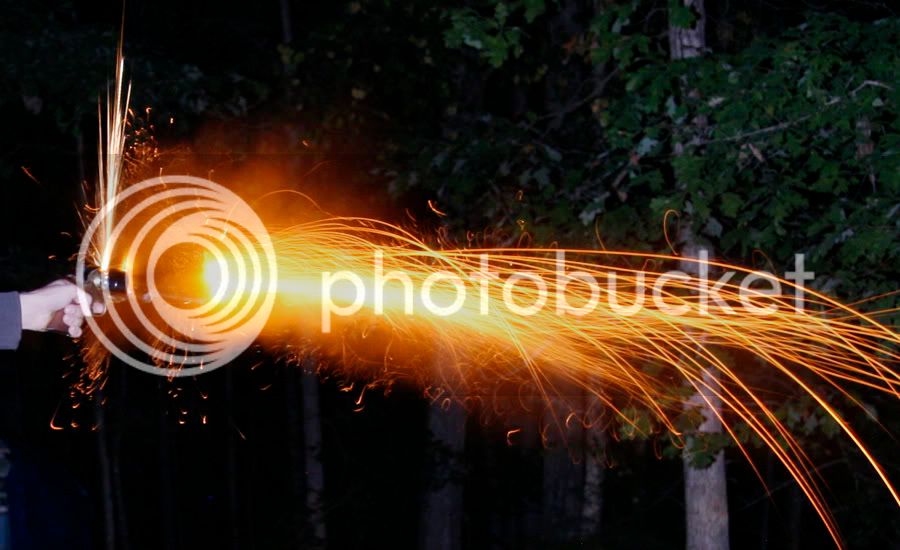10s or 11s
Only two places in town that have BP supplies both had 2 cans
each so got one can of CCI #11 . I removed the cylinder off the newly purchased 1851 Navy, and fit a cap on the nipple they fit fine......... in the shop.
Well being the new kid on the block and I now know the dealers don't shoot black powder guns , and didn't bother ,being kind here, didn't know the caps will fall of when fired.
So next step is try to crimping the cap case a little ?
Only two places in town that have BP supplies both had 2 cans
each so got one can of CCI #11 . I removed the cylinder off the newly purchased 1851 Navy, and fit a cap on the nipple they fit fine......... in the shop.
Well being the new kid on the block and I now know the dealers don't shoot black powder guns , and didn't bother ,being kind here, didn't know the caps will fall of when fired.
So next step is try to crimping the cap case a little ?







